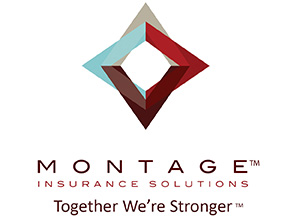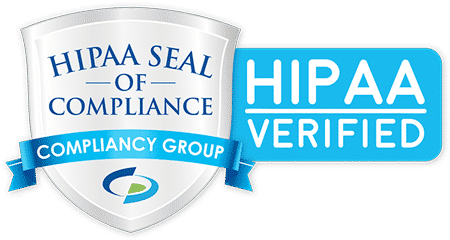Article featured in – CSQ- Leadership
Building a Culture of Leadership
Internal branding in harmony; adding value to others
Developing a brand takes understanding what makes the organization unique. Collin’s SMaC “Simple, Methodical and Consistent recipe” creates a replicable and consistent success formula from a defined set of operating practices that frames every decision from top down and rarely changes over time; however company culture cannot be espoused; inspired, but not espoused. It can take a company off track if the SMaC, mission, vision and values are not living inside every employee creating a culture that moves the organization towards its’ goals. It is important to begin with the end in mind – the journey of purpose defining the employee’s daily actions towards serving customers. Steven Covey shares in Joe Calhoon’s book, 1 Hour for Growth:
“In an hour or so, you can create a draft of your Business Growth Plan including your Vision, Mission, Values, Objectives, Strategies, and priorities that fits on a single sheet of paper. It will help you grow your business by better serving your customers, employees, and business owners. Most businesspeople, including your competitors, don’t take the time to plan well. It’s a weakness for them-and an opportunity for you.”
A mission statement must not only be on the wall, but on the website and on every internal document employees see and all in one sentence, please! It is surprising to see how many organizations do not have their mission statement on their website or employees cannot recite it.
What is the outcome you, as leadership, desire?
Is this a deep passionate desire? Does everyone on the leadership team, the supervisors and staff carry the torch for the same purpose? Is this purpose (mission) in their DNA? Is this just a job? Do your business partners [such as insurance brokers] have the same DNA? Or are they simply vendors showing up at renewal or when you call them? Are they filtering your message to your employees and their families, and trying to keep cost down? Are they educating them on benefits, wellness and safety through TEAM- total ER/ER Appreciation Management™? Assisting your HR department with training, claims, compliance and culture, passionately serving your employees who serve your clients? Or are your employees and service providers merely showing up? Ring that bell, sound the alarm to move their passion towards your mission. Or, should you incentivize them to move on, if they are not a fit for your company culture? Zappos, for example, offers employees $2,000 to quit if they are not committed to the mission.
Change belief, change behavior
The seed of greatness is in every human being. Many are still living what they were told. Paul Martinelli states “when an individual changes their belief- their behavior changes”. What we believe may have come from family, teachers, bosses or friends- habits formed in our subconscious. Mentoring programs and training can change these past rules when the belief changes, thus the importance of a leadership culture-the mysterious glue that holds employees together and marching towards the same mission.
Employee engagement is not a buzz word. Organizations are only a vision without employees, yet statistics show a lack of presentism. Habits are anchored, but inspiring change through great leadership lessons & practices can change bad habits. Without leadership the ship will not sail in the right direction.
Internal brand
Do you brand your mission with your employees? Companies spend thousands to millions of dollars on their external brand, yet when asked “What is your internal brand?” a pause fills the room. While performing a culture survey for Raytheon, I admired their Wall of Innovation where they display inspiring messages and innovation contests with large rewards.
Find the passion for the people you serve adding value to them. Be that person about whom others say, I succeeded because this person believed in me. Define your internal brand to fulfill that prophecy bringing your employees along on the journey with you. I tell my employees, if you don’t have heart for service you will not last here. I don’t know why, but you won’t. It is important for them to understand we create a montage of services that fit our clients personalized needs hand in glove from consulting on the right products to cover the assets – from employees to buildings – transferring risk from legal liability to insurance products, helping to create a safe and well culture. Our motto is “Together we’re Stronger”, because all we do takes a team, well-oiled with purpose, fueled by caring. We passionately believe our clients are stronger with our firm beside them. Our taglines are “We care for our client’s employees as though they were our own.” “We put the star in HR”, because it is never about what we do for HR, it is about them serving their own. “We are the wind beneath their wings”, because we support our clients mission. “Our mission is to further your mission.” We proudly display our plaques from the LA & SFV Business Journals: “Trusted Advisors”, “Fastest Growing Company”, “Largest Insurance Brokers”, “Employee Benefit Consultants”, “Best Places to Work” BUT more importantly it is the framed client’s missions on our walls that matter most.
Leadership with purpose using coaching and celebration opens us up emotionally to a different belief system to create successful sustainable organizations. Then strategize deep on the bench with secession planning to leave a legacy.


